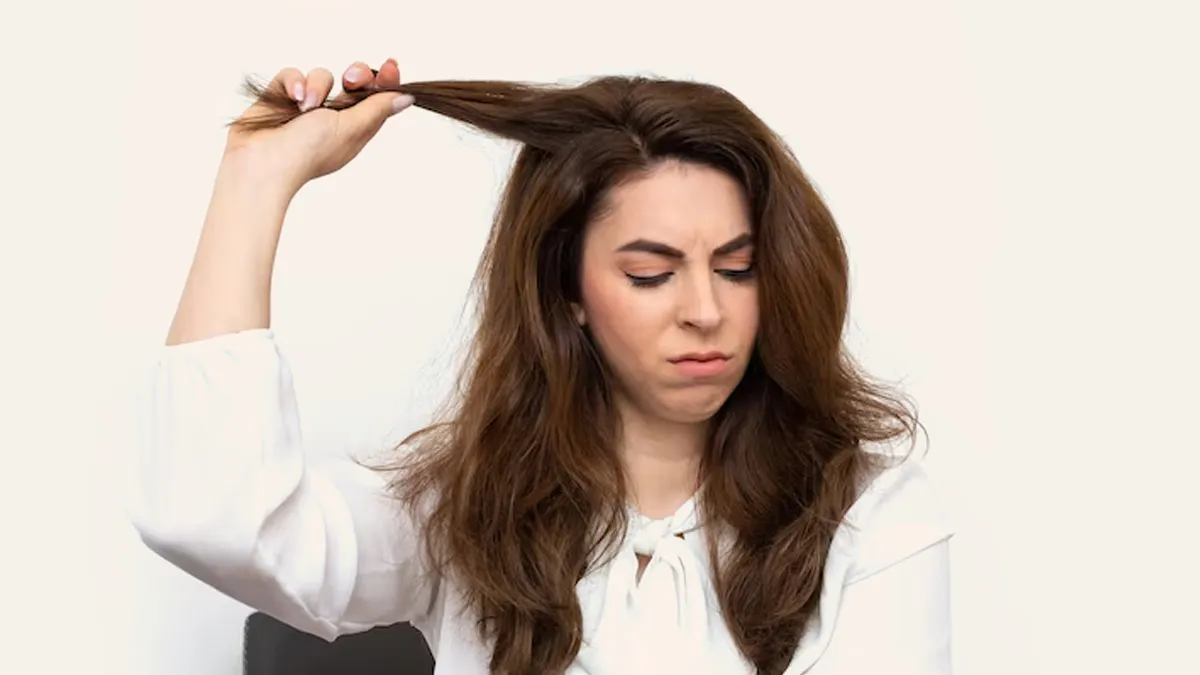
Have you ever found yourself, whether as a child or even now, pulling out strands of your hair without realising why? If that is the case, you could be suffering from trichotillomania, a mental health condition also known as the hair-pulling disorder. But what exactly is trichotillomania, why does it occur, and are there ways to manage or treat the condition? If you are looking for answers to these questions, Maherra Desai, Consultant, Clinical Psychology, Jaslok Hospital & Research Centre, Mumbai, helps answer them all. Here’s what the OnlyMyHealth team found out.
Table of Content:-
CHECK YOUR
MENTAL HEALTH
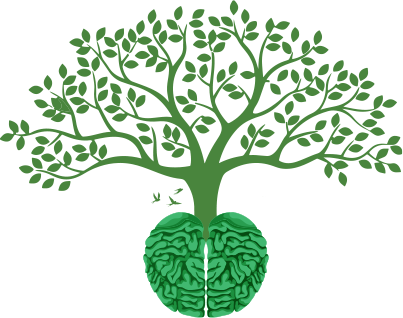
Also Read: What Is Trichotillomania? Olivia Munn Reveals Her Struggle With Rare Mental Health Condition
What Is Trichotillomania?
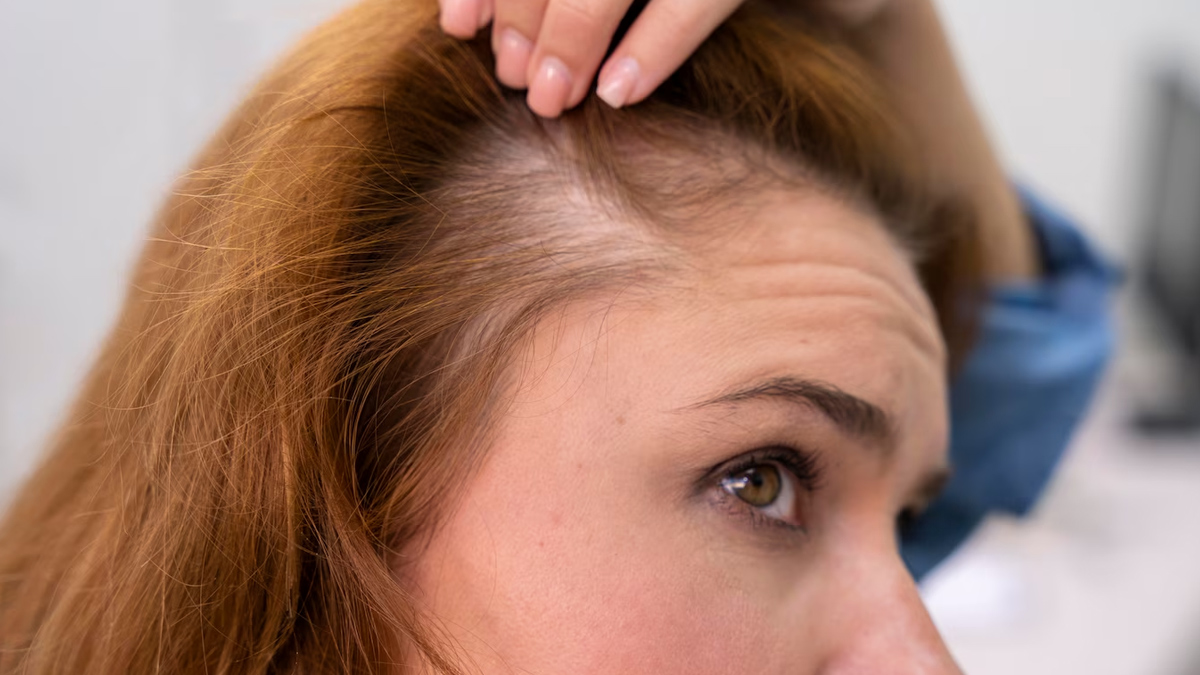
Trichotillomania, commonly known as hair-pulling disorder, is an often misunderstood mental health condition that affects millions worldwide, says Dr Desai, adding that it is characterised by a repeated, irresistible urge to pull out one's hair from the scalp, eyebrows, eyelashes, or other areas of the body.
According to StatPearls Publishing, trichotillomania often begins in adolescence and may affect up to 3.5% of people over their lifetime. While not all teens meet the full diagnostic criteria outlined in the DSM-5, many still experience related symptoms.
As per research, the condition is far more common in females, with a reported ratio of 9:1, although overall cases may be underreported due to the stigma surrounding the disorder.
Desai shares that trichotillomania isn't just a bad habit; it's a recognised disorder that can lead to significant hair loss. Individuals often experience a building tension before pulling, followed by a sense of relief or even gratification afterwards.
Why Some People Have The Urge To Pull Their Hair
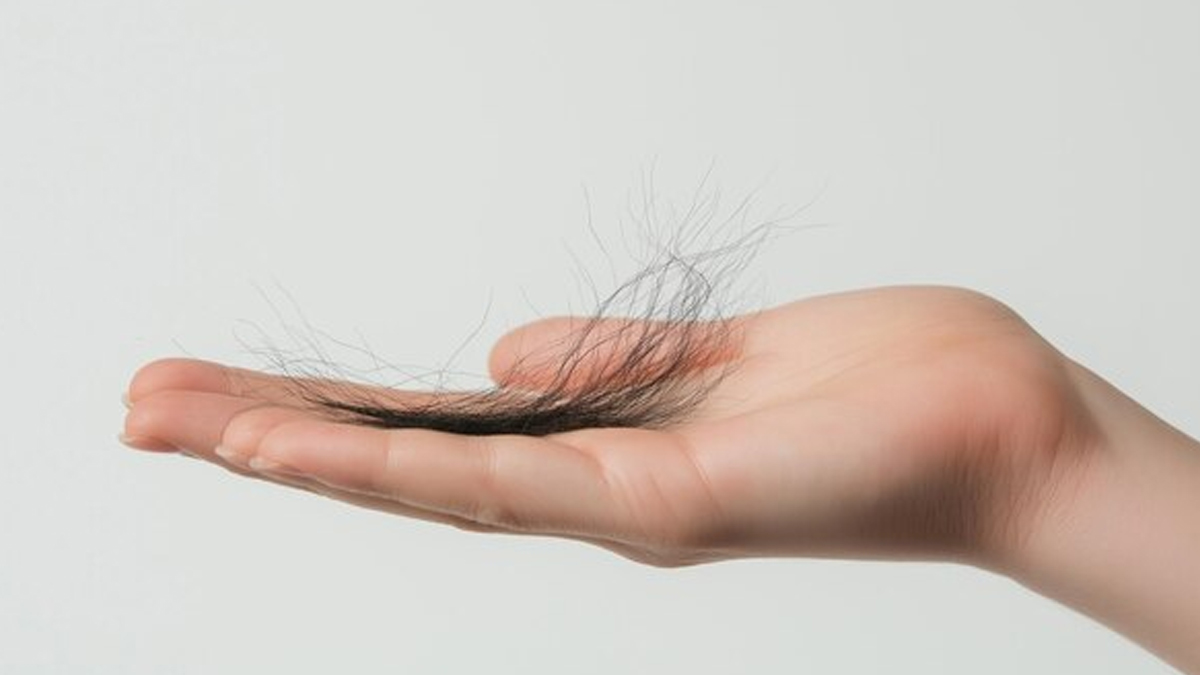
There isn't one single cause of trichotillomania, but rather a combination of factors. “We believe genetics play a role, as it tends to run in families, suggesting a predisposition. Some research studies point to differences in brain structure or chemistry in affected individuals,” says Desai.
She adds, “Hormonal changes, particularly during vulnerable periods like puberty, might also be a contributing factor. From a behavioural psychology perspective, the act of pulling itself can become reinforcing.” According to her, it can provide a brief, temporary sense of relief or even a dopamine release, which then strengthens the behaviour over time.
For many, it also serves as an unconscious coping mechanism, a way to deal with uncomfortable emotions or to provide a form of sensory self-stimulation.
Is It Stress Or Anxiety?
According to Desai, there could be a strong connection between pulling one’s hair and stress. In fact, a vast majority of individuals with trichotillomania report that their hair pulling is either triggered by or intensifies during periods of heightened emotional states.
A 2017 study published in Comprehensive Psychiatry looked at 165 adults with trichotillomania to see how co-occurring anxiety disorders might affect their symptoms and overall functioning. It found that those with both trichotillomania and anxiety disorders, such as social anxiety or generalised anxiety, tended to have more severe hair-pulling symptoms. They also showed poorer performance on tasks requiring impulse control.
Also Read: Alopecia Areata Causing Your Hair Loss: Avoid These 5 Things That Worsen Condition
Treatment Options
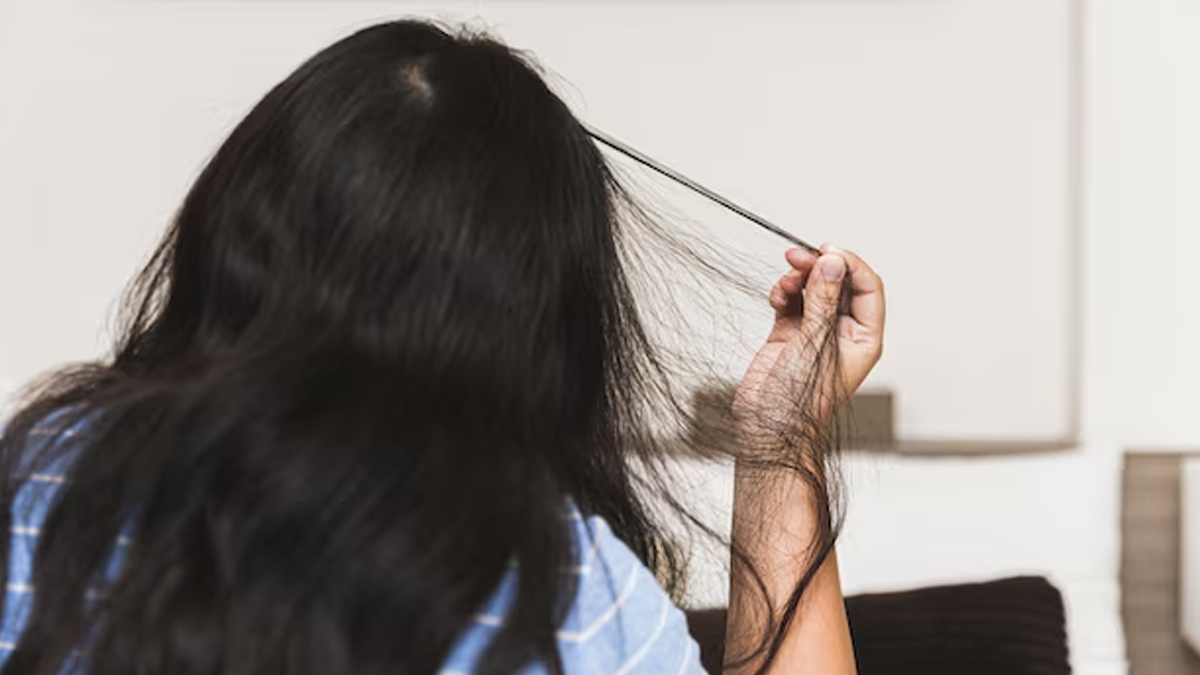
The most effective interventions are behavioural therapies, particularly Habit Reversal Training (HRT), shares Desai. “It involves three key steps: Awareness training to pinpoint triggers, Competing Response Training (CRT) to substitute hair pulling with an incompatible harmless action (like clenching fists, squeezing a stress ball, or engaging their hands in another activity), and Stimulus Control (SC) to modify the environment to reduce triggers (like removing tweezers, covering mirrors or wearing gloves).”
Additionally, Acceptance and Commitment Therapy (ACT) aims to help individuals manage urges without acting on them, all within a broader Cognitive Behavioural Therapy (CBT) framework.
In many cases, antidepressants (SSRIs) might be prescribed, Desai adds, noting, however, that these aren't a cure for trichotillomania itself but can help manage co-occurring conditions like anxiety or depression, which can in turn reduce the severity of the pulling urges.
Beyond these, building strong support systems and self-monitoring are crucial for comprehensive care.
How Loved Ones Can Help People With Trichotillomania
It all starts with awareness and education. One must learn about the condition first – understand that this isn't a choice or a 'bad habit' they can simply stop. Statements like 'Just stop pulling' are incredibly unhelpful and can increase shame and isolation, shares Desai.
“Create a safe space where they can talk about their struggles without fear of criticism. Offer practical help, such as providing fidget toys or helping them identify triggers and implement coping strategies. Be patient and compassionate; recovery is a journey with ups and downs, not a straight line. Celebrate small victories and be understanding during setbacks. Encourage them to seek professional help.”
And just as importantly, prioritise your own self-care, as supporting someone with a mental health condition can be demanding, she concludes.
Also watch this video
How we keep this article up to date:
We work with experts and keep a close eye on the latest in health and wellness. Whenever there is a new research or helpful information, we update our articles with accurate and useful advice.
Current Version